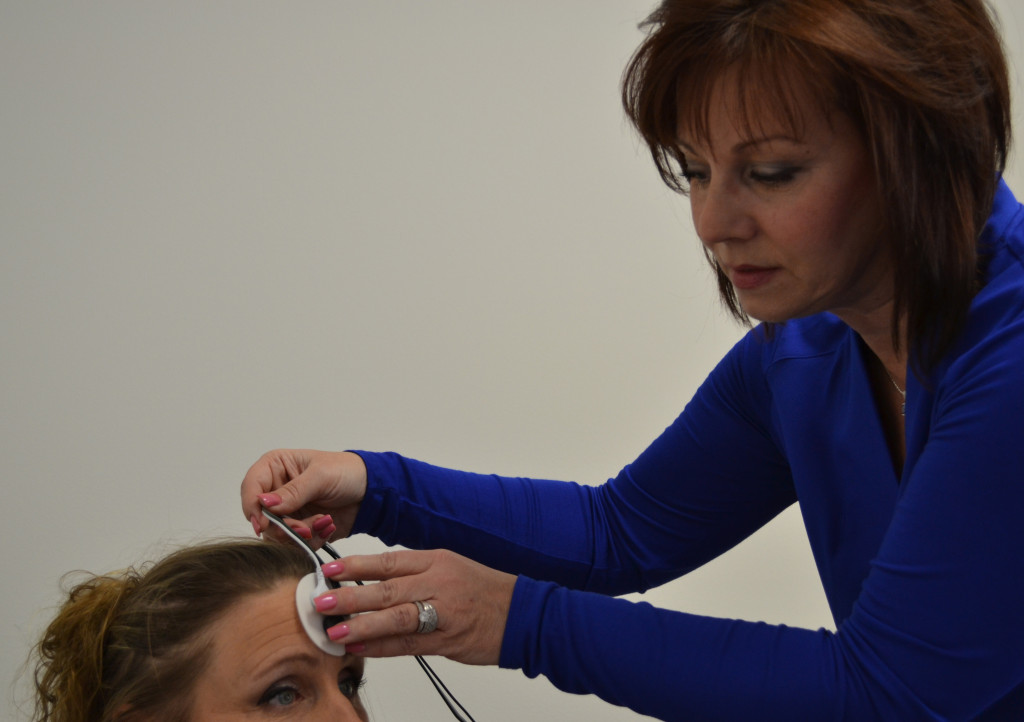Biofeedback
A brief overview
We use biofeedback to counteract the effects of stress on the mind and body. By learning to recognize the symptoms of physiological and emotional stress, we can make changes to promote better health and wellness; thereby, gaining relief from pain, improving sleep, anxiety and general stress management.
Interested in trying biofeedback?

During a biofeedback session sensors are placed on the body that monitor physiological functions such as heart rate, muscle tension, skin temperature and more. You are able to see these signals as pictures or graphs on a computer screen where they are providing you with information about how your body responds to particular techniques of relaxation.
“There are various types of treatments that can be effective for migraines. Learning to breathe properly is very important, as well as learning to control muscle tension (Electromyography (EMG) is used for this purpose). One of the treatments that has been specifically helpful in controlling headaches from migraine is thermal biofeedback. In thermal biofeedback, the goal is to control the warming of your hands. Believe it or not, this has helped people control their migraine symptoms, and because it’s a non-drug treatment, it’s great for children and pregnant and breast feeding moms.” (See Migraine and headache in childhood and adolescence by Annequin D, Tourniaire B, Massiou H)

Why do people choose biofeedback?
- It’s safe, effective, and noninvasive
- Need for medication may be reduced or eliminated
- Treatment alternative for people with reactions to medications
- Safe for women who are pregnant
- Empowers people in their own health maintenance
